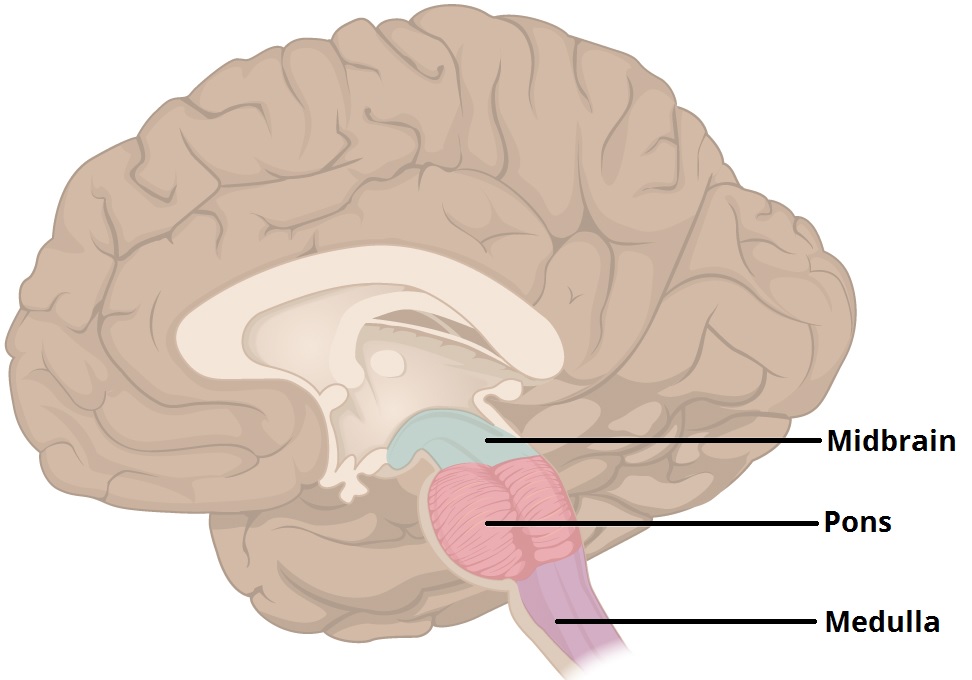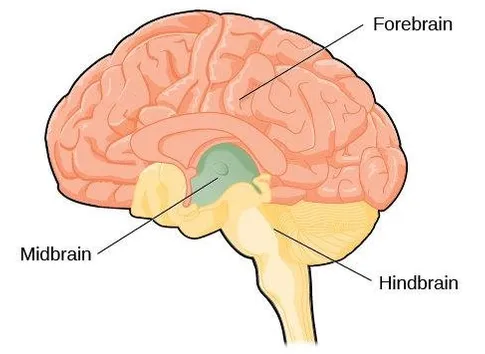CBSE Class 11 Biology Chapter 21 Revision Notes Part 2
Champter 21: Neural Control and Coordination Revision Notes Part 2
The neural and endocrine systems work together to coordinate and integrate all of the body’s operations to run smoothly. While the brain system offers a well-organized network of point-to-point connections for quick coordination, the endocrine system uses hormones to enable chemical integration.
Human Brain
The Brain is our body’s primary information processor and “command and control unit.” Voluntary actions, physiological balance, the working of important involuntary organs (like the lungs, heart, and kidneys), thermoregulation, hunger and thirst, our body’s circadian cycles, the activities of many endocrine glands, and human behavior are all regulated by this organ. Vision, hearing, speech, memory, intelligence, emotions, and ideas are all processed in this area.
The skull protects the human brain. The cranial meninges comprise three layers: an outside layer named dura mater, a very thin middle layer called arachnoid, and an inside layer called pia mater (which is in touch with the brain tissue). The forebrain, midbrain, and hindbrain are the three parts of the brain. Let’s go over them below.
Forebrain

-
The Forebrain is made up of the cerebrum, thalamus, and hypothalamus.
-
The most essential component of the human brain is the Cerebrum. The cerebrum is separated longitudinally into two halves, termed the left and right cerebral hemispheres, by a deep cleft.
-
The Corpus Callosum is a nerve fiber network that links the brain’s two hemispheres. The Cerebral Cortex is a layer of cells surrounding one hemisphere of the brain and is split into distinct folds.
-
The cerebral cortex is known as grey matter because of its greyish color. This region has a high concentration of neuron cell bodies, which gives it its color. It is divided into the motor and sensory parts and large areas that are neither sensory nor motor.
-
The association regions are in charge of a wide range of complex functions, including intersensory connections, memories, and communication. The tract fibers are protected by the myelin sheath, which covers the internal region of the cerebral hemisphere. The term “white matter” gives the layer an opaque white look.
-
The cerebrum wraps around the Thalamus, a major coordinating hub for sensory and motor transmission.
-
The Hypothalamus, located at the base of the thalamus, comprises many centres that control body temperature, appetite, and thirst. It also contains a lot of hypothalamic hormone-secreting neurosecretory cells.
-
The Limbic Lobe, also known as the limbic system, is a complicated structure that includes the innermost portions of the cerebral hemispheres and a variety of deep structures, including the amygdala and hippocampus. Along with the hypothalamus, it regulates sexual behavior, the manifestation of emotional reactions (e.g., excitement, pleasure, rage, and fear), and motivation.
Midbrain

-
The Midbrain is situated between the forebrain’s thalamus/hypothalamus and the hindbrain’s pons.
-
The Cerebral Aqueduct runs through the middle of the brain.
-
The Corpora Quadrigemina (reflex centers involving vision and hearing) are four circular swellings (lobes) that make up the dorsal section of the midbrain.
Hindbrain

-
The pons, cerebellum, and medulla (sometimes known as the medulla oblongata) make up the Hindbrain.
-
Pons is made up of fiber tracts that link various brain parts.
-
The Cerebellum has an extremely convoluted surface to allow for the insertion of many more neurons.
-
The brain’s Medulla is linked to the spinal cord. The medulla controls respiration, cardiovascular reflexes, and stomach secretions.
-
The midbrain, pons, and medulla oblongata are the three primary sections that make up the Brain Stem. The brain stem forms the connections between the brain and the spinal cord.
Reflex Action
-
Responding to peripheral nerve stimulation is an involuntary procedure that necessitates the involvement of a component of the CNS known as a Reflex Response.
-
At least one efferent neuron and one afferent neuron make up the reflex pathway.
-
The afferent neuron receives and sends signals from sensory organs to the central nervous system.
-
Signals are sent from the CNS to the effector organ through the efferent neuron.
Sources
Neural Control and Coordination. https://ncert.nic.in/textbook.php?kebo1=21-22. Accessed 17 Dec, 2021.
]]>